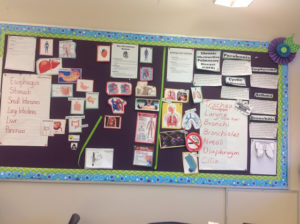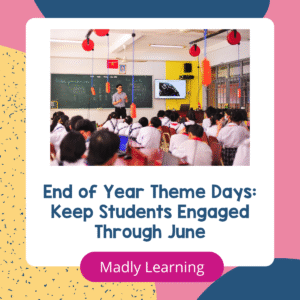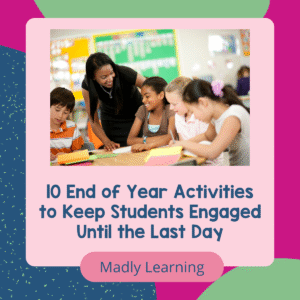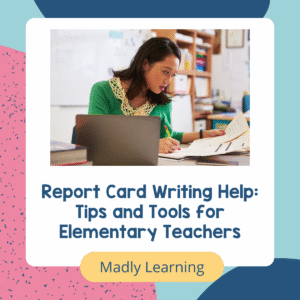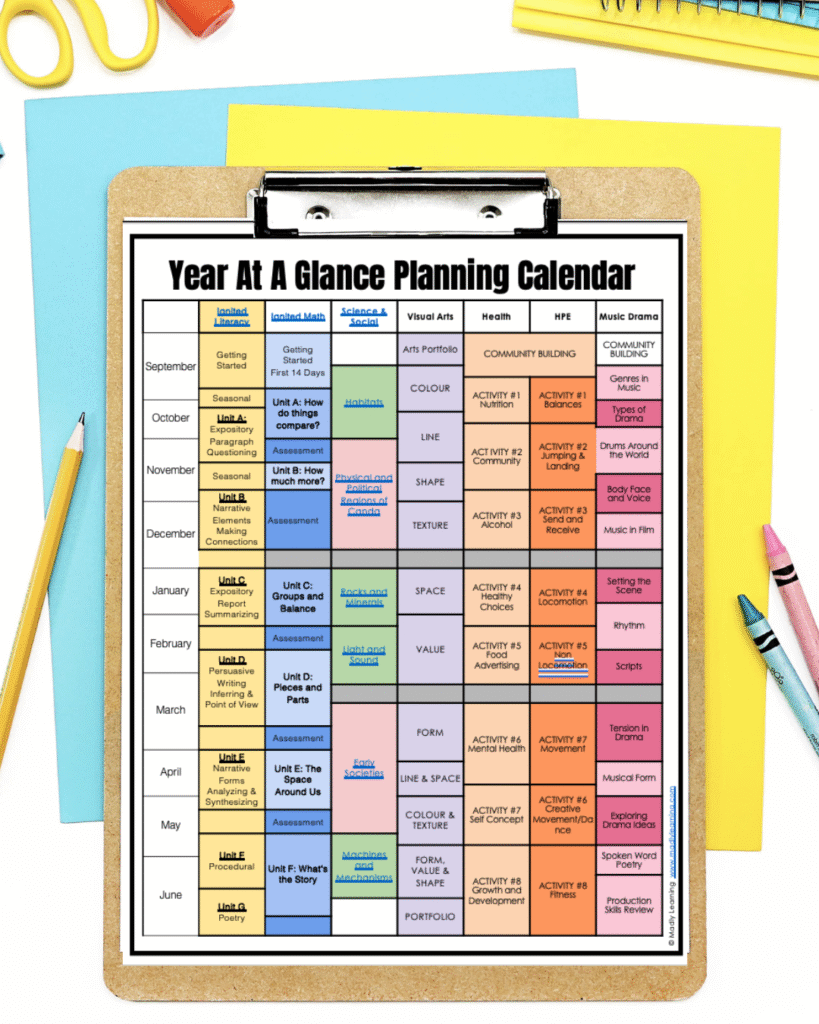
So I just completed my very first live video in my Let’s Talk About Inquiry Series on Facebook Live.
My first video was about how I used Knowledge Building Circles with Wonder Walls in my classroom to help facilitate inquiry. I wanted to share my notes with you so that you would have an additional copy of the ideas that I shared in my video.
WonderWalls and Knowledge Building Circles
These two components of my inquiry unit help to start off my unit.
Knowledge Building Circles – Start off you inquiry
- Collect your artifacts – pictures, items, key terms. These will generate the ideas that you need to begin your inquiry. Try to find familiar artifacts that students would recognize and pick a few that they may not know what they are. Ones where they will be forced to make connections between two concepts or think deeper about various topics. For example, I use a branch with my human body unit to connect to the branches of the lungs or a pump to show the connection to the heart. For the forces unit, I show an explosion of Japan and Chernobyl. For small pox, I show a picture of two native women sick on a bed. A cross, to show the impact of the Jesuits on first nations or a picture of a gustoweh.
- Establishing a space – set a whole group meeting area where the center of the area and focus of the students is on the artifacts. Students are used to the teacher being the focus you need to shift away from the teacher as the focal point to the artifacts and the teacher as a participant. While beginning an inquiry and transitioning students from traditional teaching to inquiry I found that it was important to set yourself up higher than students. This will help them to understand your gradual release of control over the conversation. Eventually, as this knowledge building circle evolves and develops you can move your position to one that show equality to being removed and fully led by the students.
- Setting Conversation norms – before beginning your first knowledge builidng circle establish rules for communication.
-
- One person speaks
- Actively listen to your peers
- No idea is bad – How to disagree respectfully
- It is about sharing ideas not answers
- Know the difference between what you think you know and what you know based on evidence. Fact, opinion, hypothesis, theory and conclusion.
These ideas can be students generated and teacher led. My students this year even established a talking object that they needed to have before speaking. Good ole Fluffy Sparkle (I didn’t choose it or name it that credit goes to my students.)

-
-
Getting Started: Focus on the Wonder and Questions – to get started lay out your artifacts on the ground in the center of your circle. Provide students with a paper or sticky notes to write on and have them look at the artifacts and ask questions. Provide students with sentence starters to ask deeper questions.
- I wonder….
- What is …
- How does….
- Why might….
- What does….
- How does _____ relate to / connect to ________
-
Sharing – Have students share their questions with the group. Remind students that this is the time for questions, not answers that it is okay that questions asked by our peers do not get answered right away. (this is really hard for some students)
-
I think – Students talk what they have been thinking about during the wonder phase and they begin to share their thoughts. Remember to help students to classify their thinking as a fact, opinion, theory/hypothesis, true knowledge based on evidence. Ask students if they can group the artifacts into categories to help us focus on what it is that we want to learn. Although this is led by the students ideally, it is most often heavily manipulated by the teacher in order to cover curriculum expectations. The key is to know when to let them go and when to refocus them. This takes time and skill and can be very messy at first. Just know that when it gets messy you can always regroup and refocus another day.
-
Wonder Again – After the students have grouped and organized your artifacts have them wonder again to add any further questions that they may have.
-
Record and Model – record student thinking along the way throughout the knowledge building circle this can be done in multiple ways. Have a student record their personal thoughts as they have them on a sticky note or appoint a secretary a student that will write down questions on a chart paper. As you begin your inquiry journey you will have to often model and paraphrase student responses in a way that will help to deepen their understanding. Asking why, why, why, why, or how, how, how is a good way to do this. As students give you surface level and simple questions ask them why and to justify their question.

-
Sort And Classify – as the students sort and classify your artifacts this becomes the basis of your wonder wall. This is the working document that helps us to remind ourselves where we are going and why. Remember that it is okay if there are some minor misconceptions on the wall as theses will be great learning opportunities. However, it is very important that you highlight these as you debunk them so that students to not begin to form long lasting misconceptions about the topic you are studying.
-
Conclusions – looking at your sorted and classified artifacts and all of your questions it is time to focus on the big ideas and what it is that they want to learn. For example, in the human body unit, the artifacts are specifically from the lungs, heart, and digestion. They easily come up with these three main systems then from there can see common questions that can be asked about all three. The same happens in the First nations unit where they can see that some pictures are of first nations communities and others are from early European communities. Once these big ideas are developed they will form the basis of your co-created success criteria that will frame the rest of your learning in your units.

-
Coming Back – Over the course of your unit, you will come back to this sharing circle to reflect on your learning goals and your wonder wall. You will add new knowledge and build on the ideas and information that you put up there.


